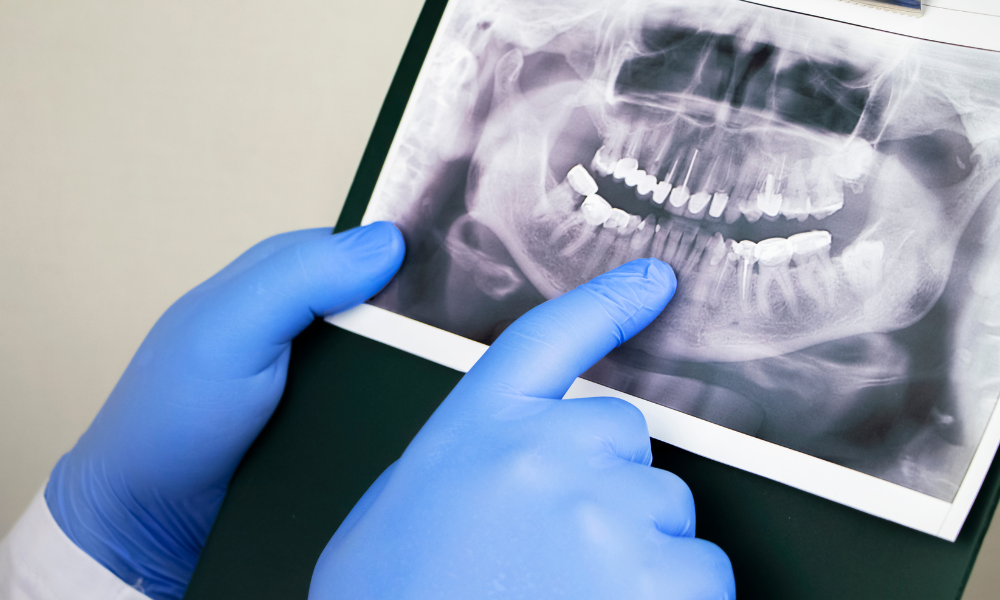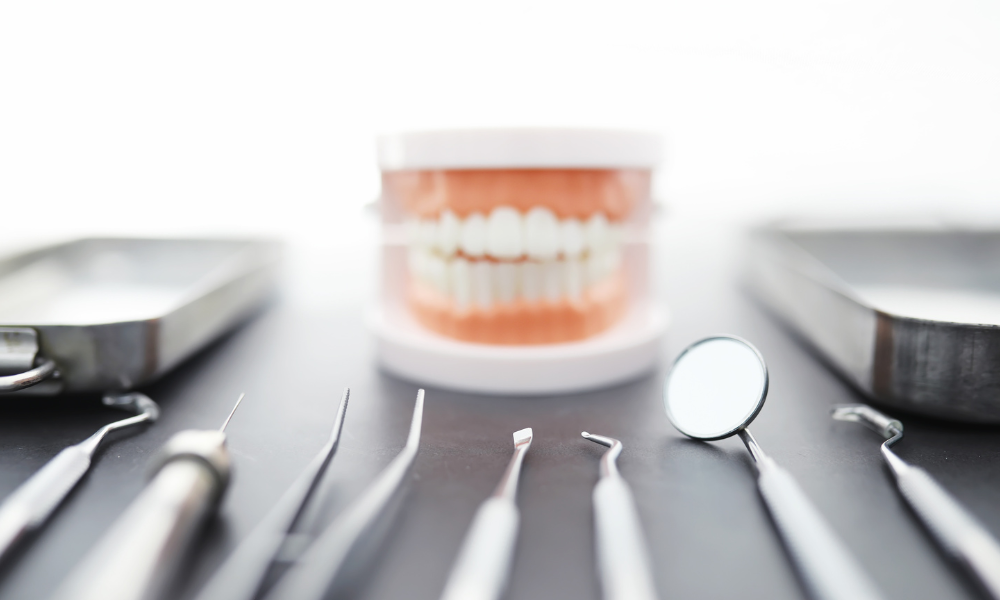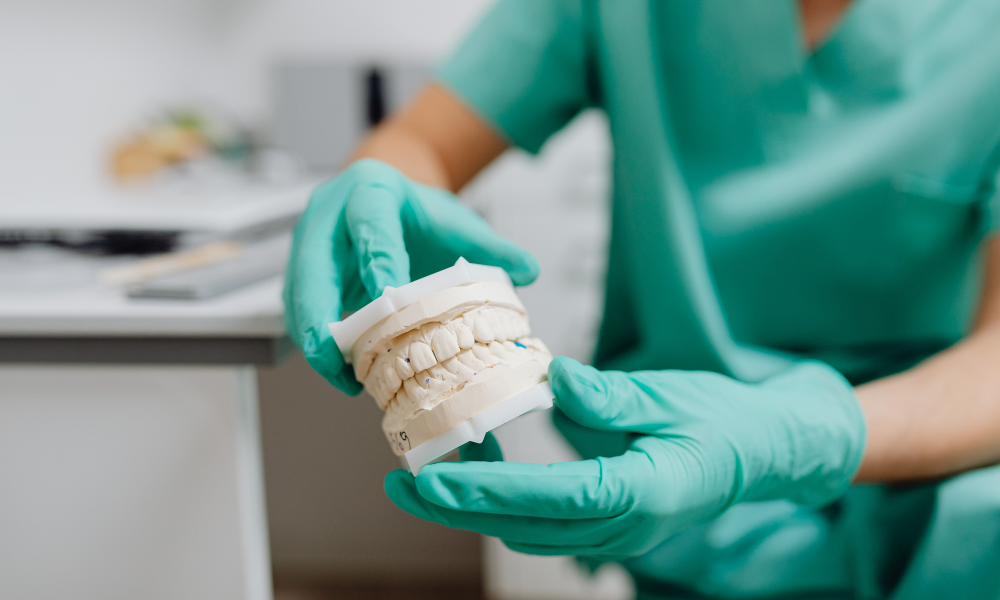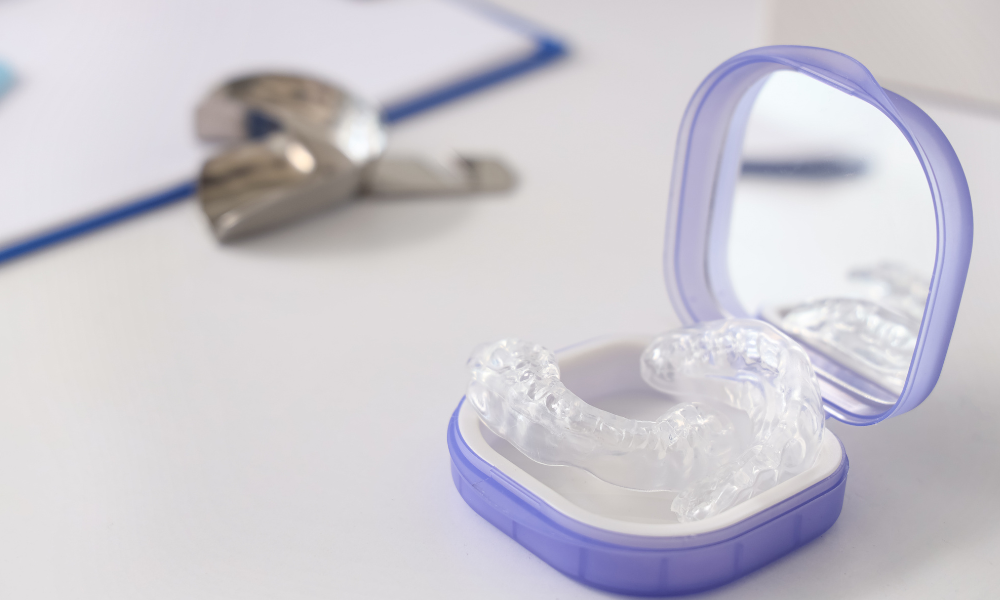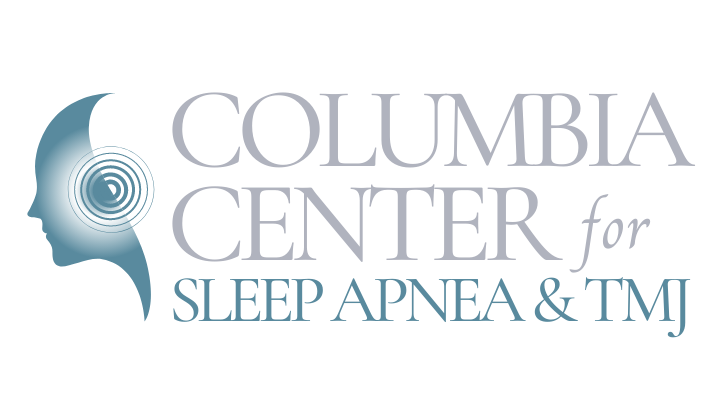
Myofascial pain in the orofacial region is a common and often debilitating problem that affects millions of people worldwide. This type of pain is typically characterized by localized sensitivity, tenderness, and tightness in the muscles of the face and neck, and it can be caused by numerous factors, including muscle overuse, stress, injury, or underlying dental or temporomandibular joint disorders (TMJ/TMD). Effectively treating myofascial orofacial pain can be challenging, as it often requires a comprehensive and personalized approach that addresses both the symptoms and the underlying causes.
One potentially effective treatment option for myofascial orofacial pain is the use of trigger point injections. Trigger point injections involve the administration of local anesthetics, anti-inflammatory medications, or sometimes even botulinum toxin (Botox) into specific trigger points in the affected muscles, with the aim of providing immediate pain relief and promoting healing. When performed by a skilled orofacial pain specialist like Dr. Bloxham at Columbia Center for Sleep Apnea and TMJ, trigger point injections can be an integral part of a comprehensive and individualized treatment plan for individuals suffering from myofascial orofacial pain.
In this educational and informative blog post, we will explore the various aspects of trigger point injections as a treatment option for myofascial orofacial pain. We will discuss what trigger points are, how they contribute to orofacial pain, and how trigger point injections work to alleviate pain. Additionally, we will examine the potential benefits, risks, and side effects associated with this treatment option, along with insights into the overall treatment process and what patients can expect during a trigger point injection procedure.
By providing a comprehensive understanding of trigger point injections and their role in treating myofascial orofacial pain, this blog post aims to empower readers with the knowledge and information necessary to make well-informed decisions about their healthcare.
Understanding Trigger Points and Their Role in Orofacial Pain
1. What Are Trigger Points?
Trigger points are localized regions within muscles that can produce pain and muscle tension. They are typically firm, palpable knots or areas of increased sensitivity that may feel like tender bands of muscle tissue. Trigger points can occur in any muscle group but are commonly found in the muscles of the face and neck, contributing to orofacial pain.
2. How Do Trigger Points Contribute to Orofacial Pain?
When a trigger point forms within a muscle, it can cause localized pain, referred pain, or both. Referred pain is when the discomfort felt is not at the site of the trigger point but in a different area of the body. In the case of orofacial pain, trigger points in the face and neck muscles can often lead to symptoms such as headache, jaw pain, and even toothaches.
How Trigger Point Injections Work to Alleviate Pain
1. Injection Components and Purpose
Trigger point injections involve the administration of local anesthetics, anti-inflammatory medications, or sometimes even botulinum toxin (Botox) directly into the trigger points. The goal of the injection is to provide immediate pain relief, reduce muscle tension, and promote healing by relieving pressure on the affected nerve endings.
2. Procedure Process
During a trigger point injection procedure, the healthcare provider will first locate the affected muscle's trigger points by gently palpating the area. Once the trigger points have been identified, the provider will clean the skin with an antiseptic solution and then insert a thin needle into the trigger point. A small amount of medication will be injected, and the needle will be removed. The entire procedure typically takes just a few minutes.
The Potential Benefits, Risks, and Side Effects of Trigger Point Injections
1. Benefits of Trigger Point Injections
Trigger point injections can provide immediate pain relief for many patients suffering from myofascial orofacial pain. This treatment option can effectively target the underlying cause of the pain, addressing both the primary trigger point and any associated referred pain. Additionally, trigger point injections can help reduce muscle tension, improve jaw function, and promote relaxation and overall well-being.
2. Risks and Side Effects of Trigger Point Injections
While trigger point injections are generally considered safe and low-risk, there are some potential risks and side effects associated with the procedure. Some patients may experience temporary pain or discomfort at the injection site, mild bruising, infection, or an allergic reaction to the medication used. It is essential to discuss all potential risks and side effects with Dr. Jared Bloxham at Columbia Center for Sleep Apnea and TMJ before undergoing treatment.
The Treatment Process and What to Expect
1. Initial Consultation
During the initial consultation, Dr. Bloxham will discuss your symptoms, perform a physical examination, and determine if trigger point injections are suitable for your specific case. The provider may also use imaging studies or other diagnostic tests to help identify the underlying cause of your myofascial orofacial pain.
2. Ongoing Treatments and Follow-Up
Trigger point injections may provide immediate relief, but some patients may require multiple treatment sessions to achieve long-lasting results. Ongoing follow-up appointments will help monitor your progress and determine if additional treatments or adjustments to your treatment plan are needed.
Conclusion
Trigger point injections are a promising option for those suffering from myofascial orofacial pain, providing targeted relief and addressing the underlying cause of the discomfort. However, it is essential to remember that trigger point injections are just one aspect of a more comprehensive treatment plan for myofascial orofacial pain. By exploring the range of available treatment options and working closely with your Dr. Bloxham, you can take control of your symptoms and improve your quality of life.
By working closely with a skilled
myofascial pain specialist, like Dr. Bloxham at Columbia Center for Sleep Apnea and TMJ, individuals struggling with orofacial pain can develop a comprehensive and personalized treatment plan that includes trigger point injections as a valuable component in alleviating their symptoms.


